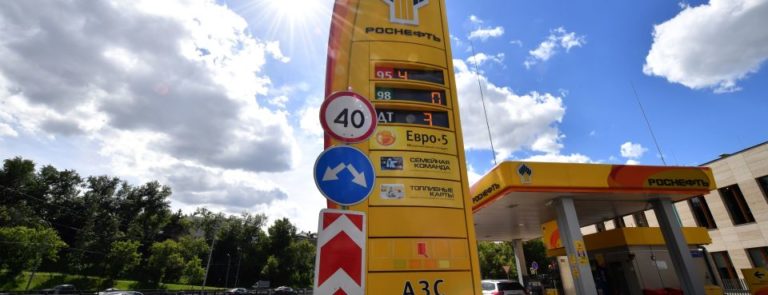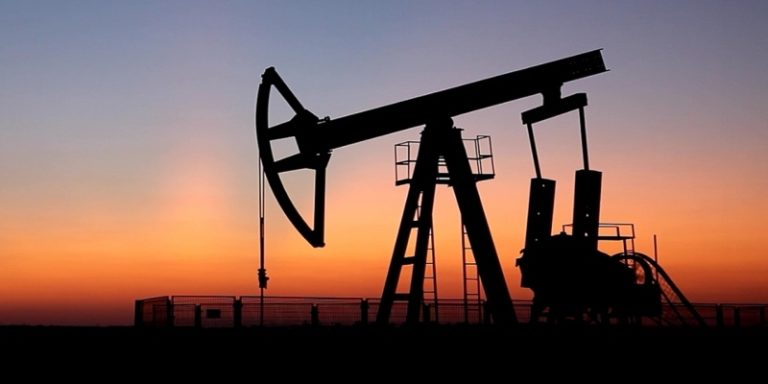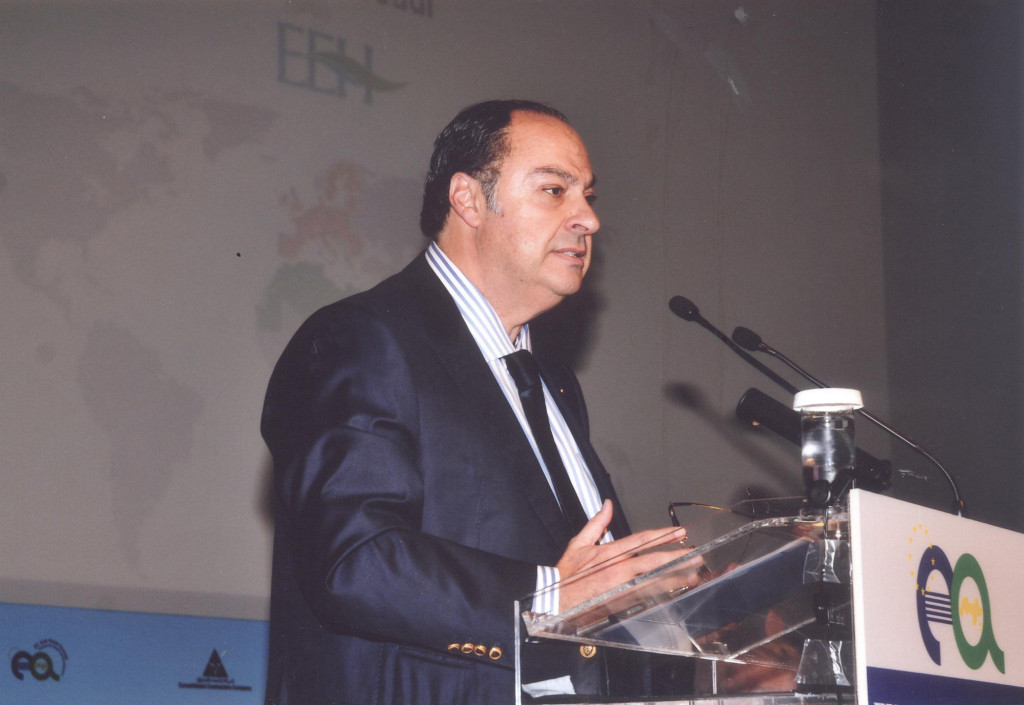What to expect from the 2019 South EU Summit

Spain, Portugal, France, Malta, Italy, Greece and Cyprus will meet to discuss security, energy and migration.
Nicosia, Cyprus – The fifth South EU Summit takes place on Tuesday in the Cypriot capital of Nicosia, where the issue of migration is again expected to be one of the key headlines of the one-day event.
The seven countries that make up SEUS – Spain, Portugal, France, Malta, Italy, Greece and Cyprus – first met in 2016 with the objective to increase cooperation and coordination by the European Union over security and migration.
Together, the SEUS countries, which are united along cultural similarities as well as similar economic models and geopolitical challenges, make up nearly 40 percent of the EU’s total population and gross domestic product, as well as half of the European bloc’s coastline.
The global refugee and migrant phenomenon that has landed at the doorstep of Europe in the past few years has alarmed European leaders and contributed to the rise of populism and far-right nationalist movements.
In particular, the Syrian refugees arriving from their war-ravaged country have shone a spotlight on asylum policies with politicians using these selectively to win over voters.
EU migration policy
Last year’s summit pledged to address the root causes of mass migration, as well as to reform the Common European Asylum System.
Olga Demetriou, an associate professor of post-conflict reconstruction and state-building at Durham University, told Al Jazeera in the last four years there has been a welcome change in discourse, now referring to the issue of migration as “responsibility sharing” as opposed to what used to be conveyed as “burden sharing”.
This is “an acknowledgement that refugee protection is the responsibility of states and not a strain,” she said.
“However, it is still far from evident that humaneness and inclusion are the driving forces of European and state policies.”
SEUS has “widely diverging stances on the issue” and the current system is aimed at greater convergence between policies relating to recognition of asylum across the EU – a factor with a worrying precedent.
“Having looked at rates in a comparative perspective over the last 20 years, history is teaching us that such convergence tends to be downward rather than upward,”
Many EU member states have also not followed through on achieving the target numbers it set regarding a relocation programme that ended in 2017.
Another worrying aspect of this strategy, she continued, is what it says about “qualification for refugee protection”, as it envisions more restrictions on people who awarded “complementary protection” – that is, people who have not been recognised as refugees under the terms of the 1951 Convention but still face a risk if returned to their countries.
“The current plans re-entrench this faulty understanding and in fact make it stricter,” said Demetriou. “And they additionally propose to restrict the temporal aspect of protection with a view to sending refugees back eventually.”
These last two points are at odds with the promise of integration, which the EU sees as a priority.
Energy and Brexit
Farid Mirbagheri, a professor of international relations at the University of Nicosia, told Al Jazeera that energy security is another topic that will be focused on during the summit.
“There is the all important of Mediterranean gas being piped to Europe via Cyprus, Greece and Italy,” he said.
“That would include the East-Mediterranean project laying 2,000km of pipes on the seabed,” he continued, adding this will have an effect on the Russian monopoly of fuel supply to Europe.
Other topics include climate change, which was “conspicuously absent from last year’s summit statement”, Demetriou said, and Brexit, “an overriding concern across Europe that has brought home the crisis of political legitimacy” the EU has been suffering from.
What’s behind the growing dispute between Italy and France?
“Brexit effect is devastating for the EU in the sense that, ultimately, the idea that has always driven the Union since its inception has been peace,” Demetriou explained.
“Considering how much of the discussion on the Brexit as a still-unfolding crisis is premised on the complications arising from the peace agreement in Northern Ireland, that overarching idea is effectively put into question,” she said.
According to Demetriou, despite Brexit acting as a deterrent for other EU member states against “experimenting with leaving” the block – as showcased by UK Prime Minister Theresa May’s own party and the opposition voting overwhelmingly against her deal – it has shaken other European leaders from being complacent of the role and function of the EU.
“I don’t think that European politicians should rest assured in the Union they are left with,” Demetriou said.
“Brexit has demonstrated that exiting the EU is a messy, uneasy and probably a very costly option for member states,” Mirbagheri agreed.
Furthermore, he said, the current state of international politics, demonstrated by the willingness of the United States’ government to part ways with European powers, has highlighted the significance of sustaining “a cohesive and credible EU”.
“Without US political support, European countries would find themselves more vulnerable to pressure applied by their eastern neighbour, the Russian Federation,” Mirbagheri said.
“Britain leaving the EU obviously reduces the weight of the EU in global affairs, yet it highlights the importance of staying more united to compensate for that deficit.”











